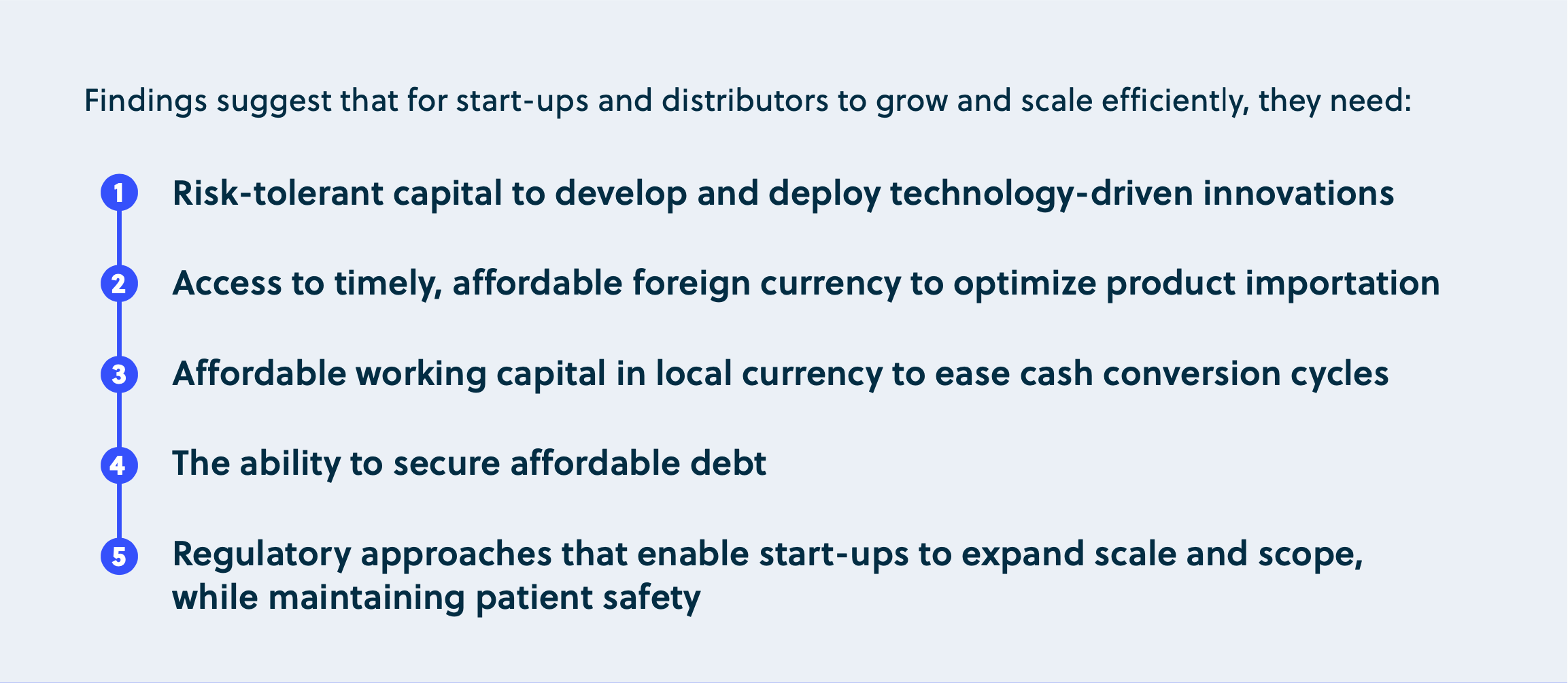How can blended financing improve health product distribution?
tart-ups and mid-sized distributors with high potential to drive changes in access to essential medicines often lack affordable sources of debt, equity or grant financing to support their growth and efficiency.
Supported by the Bill & Melinda Gates Foundation, and guided by a Learning Committee, Salient Advisory and Southbridge A&I assessed the needs and potential uses of blended financing to accelerate the growth and impact of start-ups and mid-sized distributors of health products in Nigeria, Kenya, Ghana and Uganda.
Findings suggest that start-ups and distributors have 5 key needs that blended financing approaches may be well-positioned to address:

Over the past 20 years, blended finance initiatives to improve health in Africa have traditionally focused more heavily on product development (e.g. through product development partnerships), product pricing (e.g. through volume guarantees), and clinical service delivery (e.g. through joint programs for investment paired with technical assistance).
In comparison, opportunities to blend highly risk-tolerant grant capital with debt and equity to address market failures in health product distribution appear under-explored. Ambitious, rigorous and action-oriented approaches are required.
To jump start thinking on potential action, early ideation in two areas was undertaken:
First, to better deploy risk-tolerant financing and professionalized support for tech-enabled start-ups in health product distribution and delivery, a state-of-the-art initiative to scale data-driven innovations through small grant funds and professionalized acceleration was described.
Second, to enable better access to debt, with a focus on affordable working capital, an effort to build a best-in-class, scalable risk assessment mechanism was outlined. This capacity could power a working
capital facility for health, where funding would be raised in local currencies, to further decrease debt prices for health SMEs in distribution and delivery.
The early ideas outlined are by no means comprehensively described or evaluated. Instead, we hope to sharpen understanding of the needs, thus inspiring more ambitious design, action and commitments.
Investing to help improve the efficiency, effectiveness and sustainability of health product distribution is critical.


